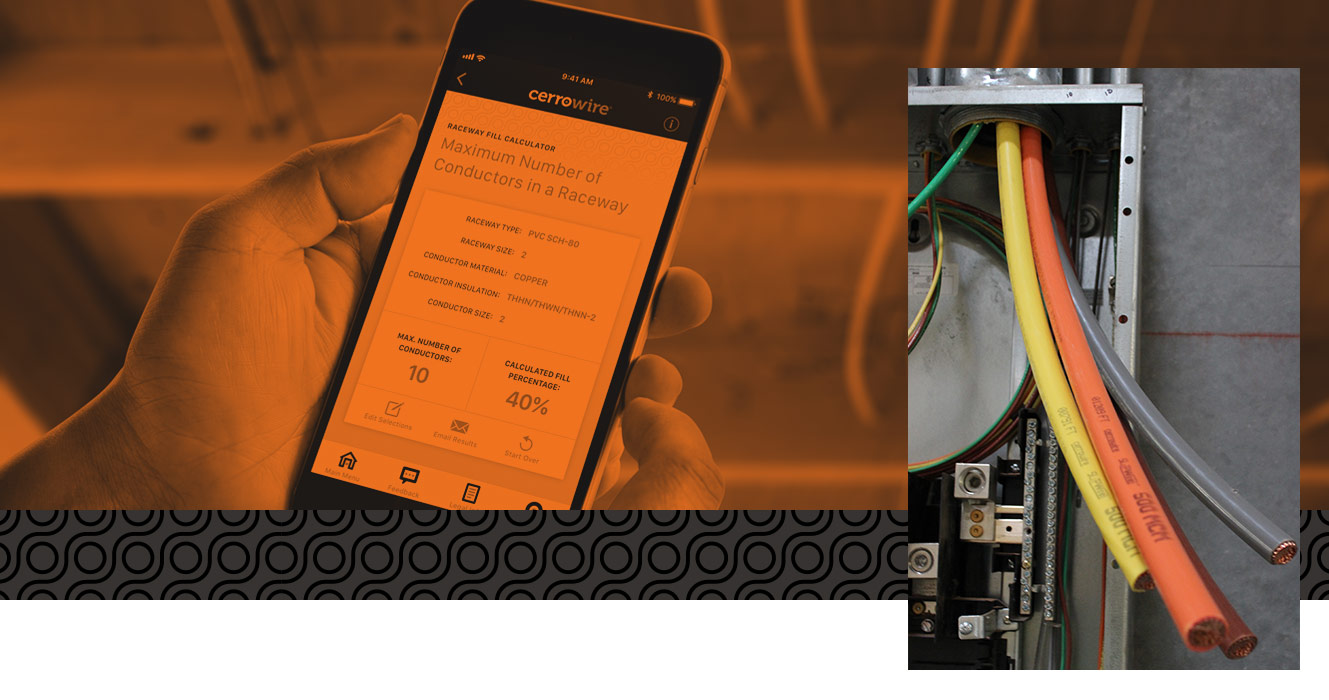We have a 3000w/6000w peak inverter in our conversion. We are running it with 2 BigBattery.com 180ah Owl lithium batteries in parallel, using bigbattery's parallel cable. The batteries are more than capable of providing the required current.
It works great. But when I ran it up near 3000w a few months ago, the cables (that came with the inverter!) got so hot they melted the negative connector on the inverter. I smelled it, and shut it down.
I've replaced the cables with good 4gauge welding cables rated at 50c. When I run it at close to 3000w it still gets quite warm, as do the bigbattery cables.
Question; how warm is too warm? You'd think the bigbattery cables would be rated sufficient to handle the battery discharge rate. Should I double up on the cables? I'd hate to go beyond 4gauge.
It works great. But when I ran it up near 3000w a few months ago, the cables (that came with the inverter!) got so hot they melted the negative connector on the inverter. I smelled it, and shut it down.
I've replaced the cables with good 4gauge welding cables rated at 50c. When I run it at close to 3000w it still gets quite warm, as do the bigbattery cables.
Question; how warm is too warm? You'd think the bigbattery cables would be rated sufficient to handle the battery discharge rate. Should I double up on the cables? I'd hate to go beyond 4gauge.





